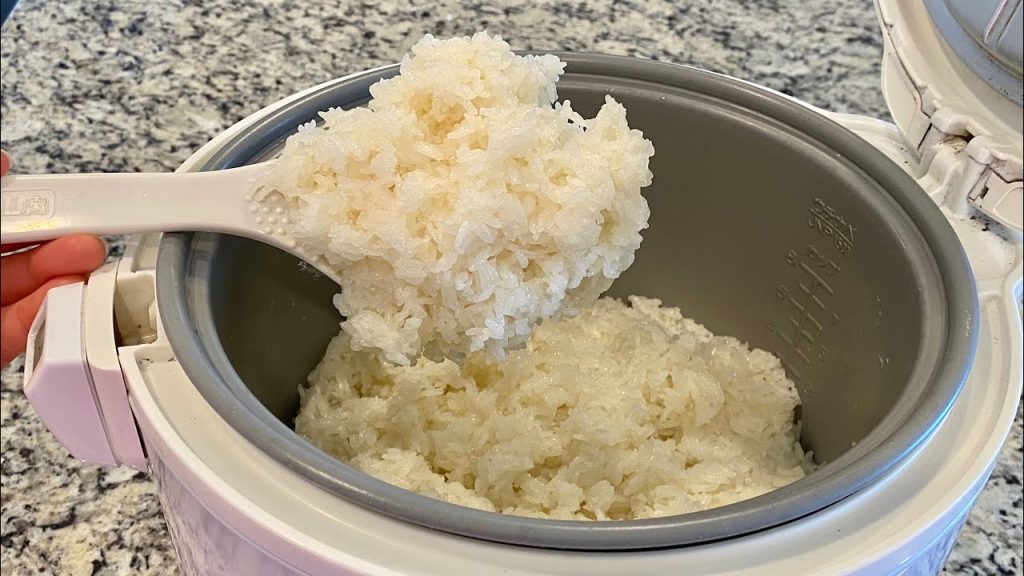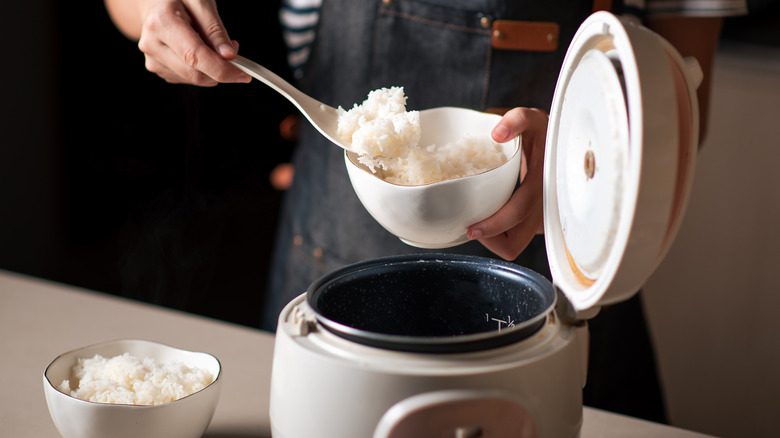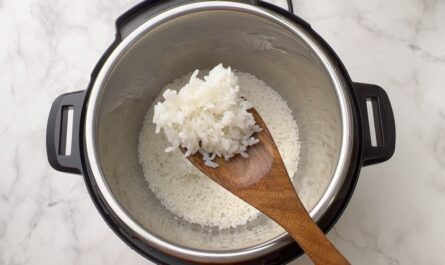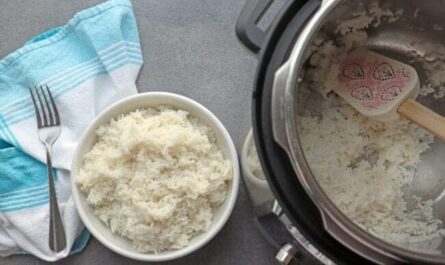Cooking rice is an art, especially when it comes to making the perfect sushi rice. If you’ve ever encountered the frustrating moment when your rice cooker overflows, you’re not alone. This common issue can be messy and leave you wondering where you went wrong. In this article, we will explore the reasons why rice cooker overflows and provide you with practical solutions to prevent it from happening again.

Understanding the Basics of a Rice Cooker
A rice cooker is a kitchen appliance designed to cook rice to perfection. It uses heat and steam to cook the rice, ensuring it is soft and fluffy. Sushi lovers rely on their rice cookers to achieve the right texture for their sushi rice. However, when the rice cooker overflows, it can disrupt the cooking process and lead to a less-than-ideal outcome.
Common Reasons for Overflow
Several factors can contribute to a rice cooker overflowing. Understanding these reasons is the first step in preventing it from happening in the future.
1. Excess Water
One of the most common reasons for a rice cooker overflow is using too much water. Rice needs a precise water-to-rice ratio to cook properly. When there’s too much water, it causes excessive steam, which can lead to overflowing.
2. Overfilling the Cooker
Overfilling the rice cooker with rice and water can also cause it to overflow. It’s essential to follow the recommended capacity guidelines to avoid this issue.
3. Starchy Rice
Certain types of rice, such as sticky rice used for sushi, can be starchier than others. This starch can create excess foam during cooking, leading to an overflow.
4. Lid Not Sealed Properly
If the lid of your rice cooker is not sealed correctly, steam can escape, causing the cooker to overflow.
5. Improper Cleaning
A dirty rice cooker can also contribute to overflow issues. Residue from previous cooking can affect the cookers performance. Learn how to clean your rice cooker properly here.
How to Prevent Rice Cooker Overflow
Now that we know the common causes, let’s explore some solutions to prevent your rice cooker from overflowing.
1. Use the Right Water-to-Rice Ratio
The key to preventing overflow is using the correct water-to-rice ratio. For sushi rice, a typical ratio is 1:1, but it’s always best to refer to your rice cooker’s manual for specific guidelines.
2. Avoid Overfilling
Ensure you do not fill your rice cooker beyond its capacity. Leave enough space for the rice to expand and for steam to circulate.
3. Rinse Your Rice
Rinsing your rice before cooking removes excess starch, which reduces foam and the risk of overflow. Learn how to cook black rice in a rice cooker here.
4. Check the Lid
Ensure the lid is properly sealed before starting the cooking process. A well-sealed lid helps maintain pressure and prevents overflow.
5. Regular Maintenance
Clean your rice cooker regularly to avoid residue buildup. This simple maintenance step can improve performance and prevent overflow.
Choosing the Right Rice Cooker
Sometimes, the solution to overflow problems is investing in a quality rice cooker. Different types of rice cookers offer various features that can help prevent overflow. Explore the different types of rice cookers here.
1. Fuzzy Logic Rice Cookers
Fuzzy logic rice cookers are designed to adjust cooking times and temperatures automatically, which can reduce the risk of overflow.
2. Induction Heating Rice Cookers
Induction heating rice cookers use precise temperature control, ensuring even cooking and minimizing overflow chances.
3. Pressure Rice Cookers
Pressure rice cookers use high pressure to cook rice quickly and efficiently, reducing the likelihood of overflow. Read more about rice cooker vs pressure cooker here.
FAQ Section
1. Why does my rice cooker overflow?
Overflow can occur due to excess water, overfilling, starchy rice, improper lid sealing, or lack of regular cleaning.
2. How can I prevent my rice cooker from overflowing?
Use the right water-to-rice ratio, avoid overfilling, rinse your rice, check the lid, and maintain regular cleaning.
3. Is there a type of rice cooker that prevents overflow?
Yes, fuzzy logic, induction heating, and pressure rice cookers have features that help minimize overflow risks.

Conclusion
Understanding why rice cooker overflows can help you prevent this annoying issue. By following the tips and solutions provided, you can enjoy perfectly cooked rice every time, making your sushi-making experience more enjoyable. Remember, regular maintenance and using the right techniques are key to avoiding overflow. For more tips on using rice cookers, check out how much electricity does a rice cooker use here. Happy cooking!
This article contains affiliate links. We may earn a commission at no extra cost to you.




